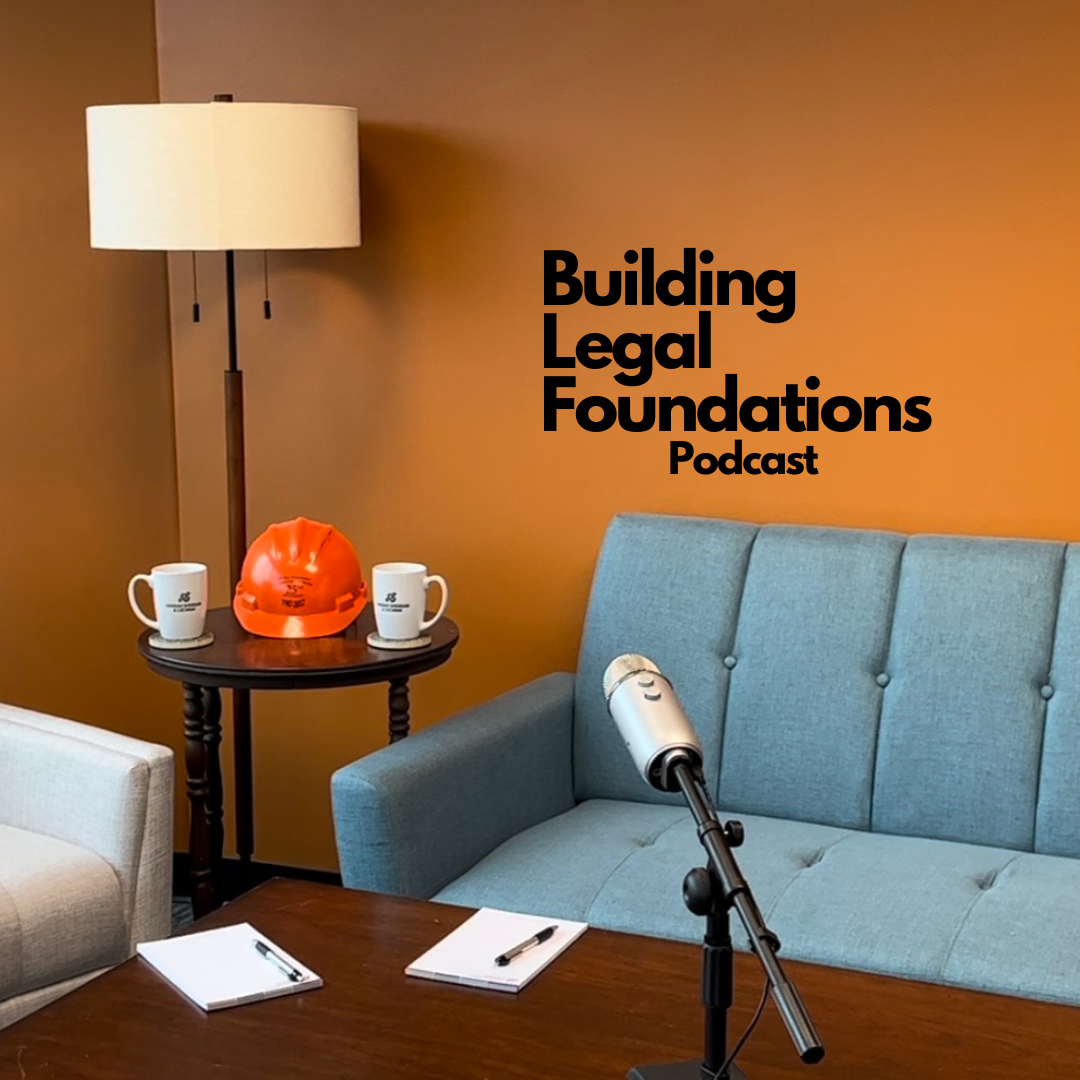Hannah Sheridan & Cochran's own podcast, previously available via Spotify, is now available to listen…
The Intersection of Solar Farms and Liens
As North Carolina sees a resurgence in renewable energy solutions to future energy needs, once again the question of getting paid for labor and materials provided to develop a solar farm arises. Remembering that though there have been tweaks over the years, the last ground up re-build of North Carolina’s lien law occurred in 1969, it seems logical that solar farm projects were not contemplated in that statute.
The Challenges. Solar farms often are placed upon land that is not overly suitable for crops. Many solar farms arise out of long-term leases covering large swaths of land. Note the plural use of the word “lease.” Experience suggests that most of these “farms” combine the real property of a number of owners to create the tract that is to house the solar panels and the tract that will house the collection and transmission apparatus.
Construction usually involves grading the tract, building gravel roads to allow access to the site from a nearby road, and throughout the site for maintenance and construction vehicles. The panels and necessary wiring are installed throughout the project running to the transmission point, and a building is constructed to handle the conversion and transmission process.
From a mechanic’s lien standpoint, the issue generally involves the Claim of Lien on Real Property. Identifying a specific “owner” and a specific parcel that was improved is often difficult. In general, you can expect that there will be a number of fee simple owners of the real property each of whom has leased the real property to an LLC developing the solar farm.
Pursuant to N.C. Gen. Stat. §44A-7, an “owner” is anyone with an interest in the real property improved, so unless the fee simple owners are involved in the improvement, the “owner” is the leaseholder. That then brings N.C.G.S. §44A-9 into play which limits the lien “to the extent of the interest of the owner,” i.e. the leasehold interest. Now, take the scope of the project, the number of leases, and try to determine the extent of the lien on each tract of real property which must be based upon the improvement to that real property. It is not impossible, but often pretty close.
In general, the solution we have reached has been to utilize the Notice of Claim of Lien upon Funds giving notice up through the contract chain ending with the leaseholder. This has generally proven successful, but only if the lien is placed on the project while money is still owed for construction. A reminder that a Lien upon Funds sounds in contract and is not date or deadline dependent, but rather faces the simple test as to whether funds remain due and owing down the contract chain at the time the lien is served on the obligor.
For a contractor, subcontractor, or supplier to protect itself on a solar farm project, it is imperative to do your homework on the front end. Know the contract chain, identify whether the farm is on a single tract owned by a single fee simple owner or whether it arises out of a lease or leases, and if so, how many fee simple owners are there.
If you have questions about this article, please reach out to the attorneys at Hannah Sheridan & Cochran LLP.
By: Nan E. Hannah


